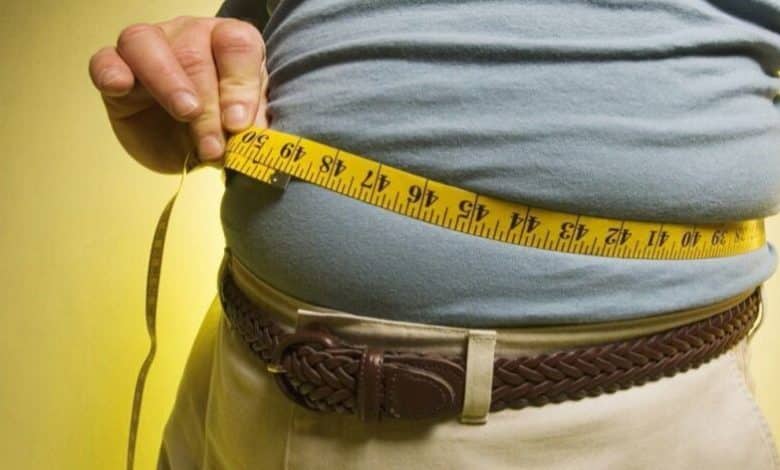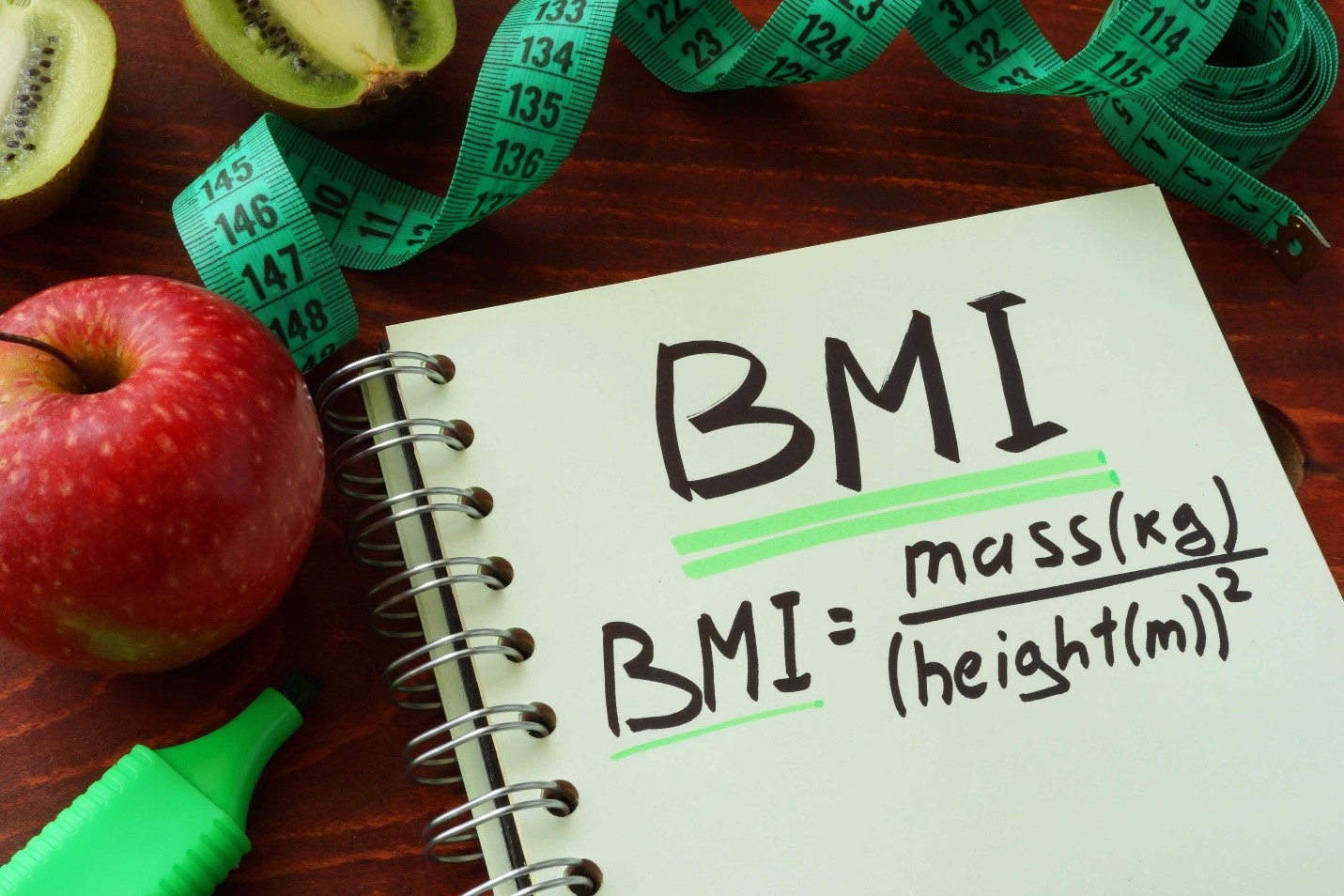Waist size and BMI describe your health!

It is natural for your body to store energy as fat. However, too much or too little body fat can increase your risk of disease and illness, depending on where your body stores it. The amount of fat stored in the body can be accurately measured with the absorptiometer. A much cheaper alternative is to estimate your total body fat by calculating your body mass index (BMI).
In order to achieve the ideal body shape, it is necessary to adopt a healthy lifestyle and a healthy diet. Paraj’s health-oriented products, such as a variety of healthy snacks without preservatives, healthy herbal teas with fat-burning properties, will help you maintain a healthy weight. Choosing foods with fat-burning properties will lead to the melting of abdominal fat and reaching a normal BMI.
BMI is a useful indicator of health at the population level. However, when assessing disease risk, the distribution of fat in your body is more important than the amount. Because of this, your waist circumference is thought to be a better predictor of health risks than BMI. Increased abdominal obesity is associated with a higher risk of cardiovascular disease, type 2 diabetes, and cancer. Abdominal obesity is measured using waist circumference.
- BMI is an approximate measure of your total body fat.
- Your waist size is a better predictor of health risks than BMI.
- Being underweight or overweight can cause health problems, especially if you are also inactive.
On this page, we will get to know the following content
- BMI (BMI)What is?
- Is BMI Is it always the best measure of health?
- Range BMI What is normal for children?
- Can being overweight or underweight affect your health?
- The dangers of being overweight BMI Top and physical inactivity
- The dangers of underweight BMI Down
- The size of the waist is a sign for the risk of diseases
BMI (BMI)What is?
Body mass index (BMI) is a rough measure of your ideal weight for health. By dividing your weight in kilograms by the square of your height in meters (m2 ) it will be counted. This indicator is intended only for adults, because children and adolescents are constantly growing. This makes it difficult to determine BMI cutoff values for young people. However, in stunted adults, increased BMI is usually due to increased body fat.
You can use the Body Mass Index (BMI) Calculator for Adults to calculate your BMI, as long as you know your:
- How to calculate BMI :
- Weight in kilograms (kg)
- Height in centimeters (cm).
BMI classifies you as “underweight,” “healthy weight,” “overweight” or “obese” as defined by the World Health Organization.
- Value interpretation BMI:
- Less than 18.5 kg/m2 you are underweight and probably suffering Malnutrition You are considered.
- 18.5 to 24.9 kg/m2 – you in Healthy weight range For young and middle-aged adults.
- 25.0 to 29.9 kg/m2 – You Overweight You are considered.
- More than 30 kg/m2 – You fat You are considered.
For older people over 70, general health status may be more important than being mildly overweight.
BMI It is not always the best measure of health
At the population level, BMI is used to indicate the level of risk of disease (disease risk) and mortality (death rate). Differences in BMI between adults of the same age and sex are usually due to body fat. However, there are many exceptions to this rule, which is why the BMI figure may not always be accurate.
BMI calculations overestimate body fat for:
- bodybuilders
- Some high performance athletes
- pregnant women.
BMI calculations underestimate body fat for:
- the elderly
- People with physical disabilities, who are unable to walk and may experience muscle wasting.
BMI is also not an accurate indicator for people with:
- Eating disorders such as anorexia nervosa
- severe obesity
Why BMI Is not always the best measure of health?
In general, the more body fat you have, the greater your health risk. However, BMI cannot differentiate between body fat and muscle mass. This means that there are exceptions to the BMI guidelines:
- Muscles : Bodybuilders and people with a lot of muscle mass have a high BMI, but are not overweight.
- Physical disabilities: People who have physical disabilities and are unable to walk may suffer from muscle wasting. Their BMI may be slightly lower, but that does not necessarily mean they are underweight. In these cases, it is important to consult a nutritionist who can provide useful advice.
- height: BMI is not completely independent of height and tends to underestimate obesity in short people and in taller people. Therefore, BMI should not be used as a guide for adults who are very short (less than 150 cm) or very tall (more than 190 cm).
- People from different ethnic groupsFor example, Asians and Indians have more fat in every body mass index compared to people of European descent. Therefore, reductions in overweight and obesity may be smaller for these populations. This is because the increased risk of diabetes and cardiovascular disease begins with a BMI of less than 23 kg/m2 in Asian populations. Some populations have similar risks of higher BMI, such as people of Torres Strait Islander and Maori descent.
Range BMI What is healthy for children?
BMI calculations used for adults are not a good measure of weight for children or adolescents. BMI calculations for children and adolescents are interpreted differently from adults and take into account the age and gender of the child or adolescent. Current BMI charts for children are provided by the US Centers for Disease Control and Prevention. They are useful for assessing overweight and obesity in children over two years of age.
To calculate a child’s BMI, you can use the BMI calculator for children and adolescents. However, BMI charts should only be used as a guide to indicate when to make small lifestyle changes, and when to seek further guidance from a doctor or nutritionist.
Being overweight or underweight can affect your health
The relationship between overweight or obesity and the possibility of disease is not certain. The investigation is ongoing. Statistically, if you are overweight, there is a higher chance of getting various diseases.
Dangers of being overweight And BMI High and physical inactivity
If you are overweight with a BMI of more than 25 kg/m2 and are physically inactive, you may have:
- Cardiovascular disease (heart and blood circulation).
- Gallbladder disease
- high blood pressure (high blood pressure)
- Type 2 diabetes
- Arthritis
- Certain types of cancer, such as colon and breast cancer
- Depression and other mental health disorders.
The dangers of underweight and BMI Down
If you are underweight (BMI less than 18.5 kg/m2), you may be malnourished and have:
- Safety performance is compromised
- Respiratory disease
- Digestive diseases
- cancer
- Osteoporosis .
Waist circumference is a better indicator of increased risk of disease
A person’s waist size is a better predictor of health risks than BMI. When identifying health risk in adults, it is recommended to combine your BMI classification with your waist circumference as a measure of disease risk. Having fat around your belly, or “pot belly,” means you’re more likely to develop certain obesity-related diseases, regardless of your body size.
Fat that is deposited primarily around the abdomen and hips does not appear to have the same health risk. Men in particular often deposit their weight in the waist area and thus increase the risk of obesity-related diseases. Studies have shown that body fat distribution is associated with increased prevalence of diabetes, high blood pressure, high cholesterol, and cardiovascular disease. In general, the links between health risks and body fat distribution are:
- Least risk – lean (uniform body fat)
- Moderate risk – overweight without a pot belly
- Moderate to high risk – thin with a pot belly
- High risk – overweight with excess belly fat.
Waist circumference and health risks
Waist circumference can be used to indicate health risk for chronic diseases.
for men:
- 94 cm or more – increased risk
- 102 cm or more – significantly increased risk.
For women:
- 80 cm or more – increased risk
- 88 cm or more – significantly increased risk.
Although the tendency to deposit fat around the middle is influenced by one’s genes, you can still take this genetic tendency into account and do something about it. Physical activity, avoiding smoking, and eating unsaturated fats instead of saturated fats have been shown to reduce the risk of abdominal obesity.






